How And When To Harvest Corn For The Freshest Ears Ever
Learning how and when to harvest corn is essential for any gardener looking to grow this tasty crop. Here’s everything you need to know.

The key to sweet, juicy corn is knowing when to harvest corn. Whether you like it grilled, sautéed, or added to salads and soups, harvesting corn at the right time will ensure maximum flavor and kernel development. Most of us know the feeling of shucking an ear and the kernels are dry, or failed to form. Learn when to pick sweet corn and enjoy ears full of tasty kernels.
When to Harvest Corn
The eye is the most important tool in determining when to harvest corn. Corn is at its best when in the milk stage. This is when a kernel that is pierced will exude a milky juice. But without shucking the ear there are several tell tale signs that the fruit is ready to consume.
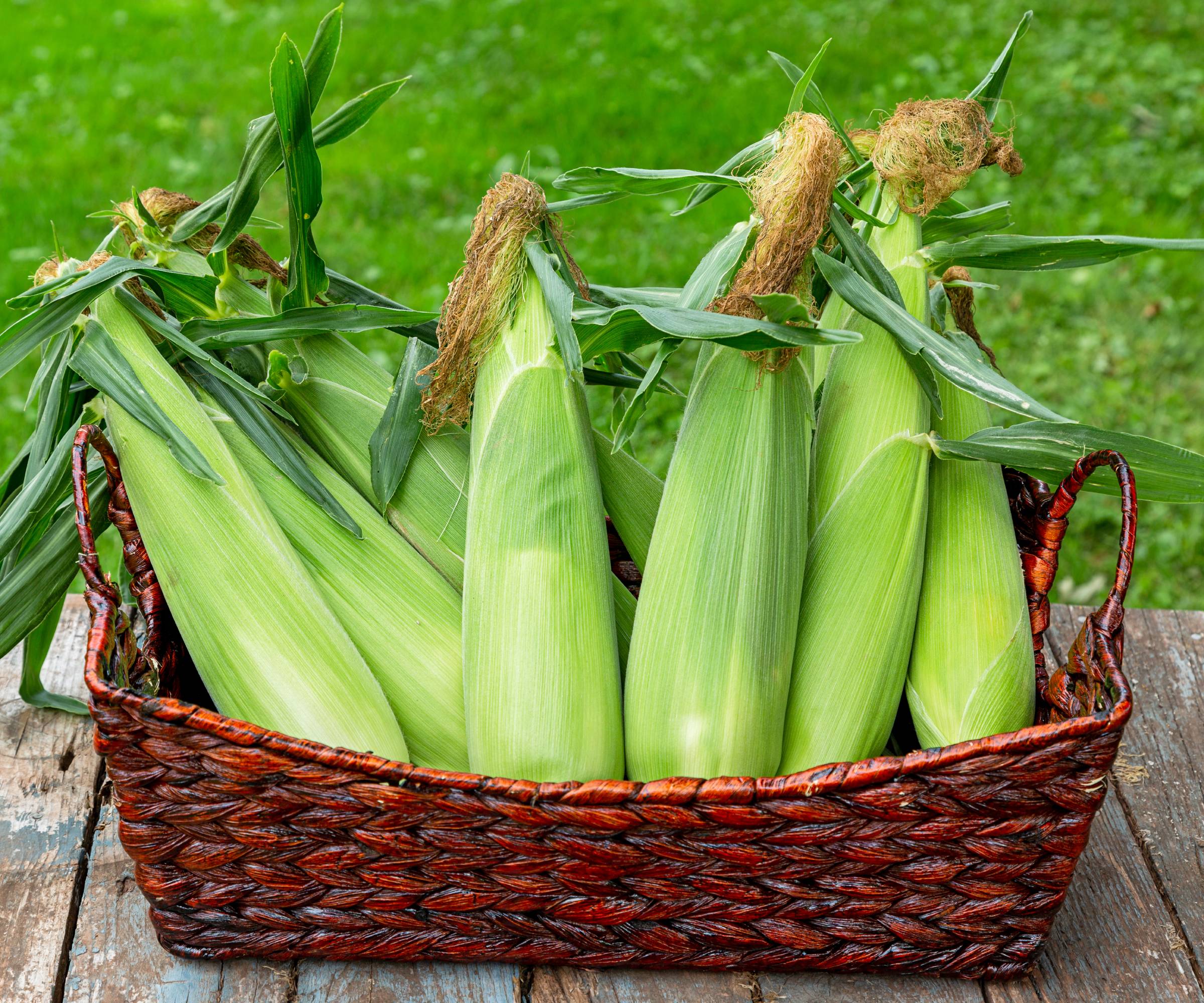
How to Tell When Corn Is Ready to Pick
The stalks are tall, the silk is present, and chubby ears are evident on the stems. But when is corn ready to harvest? Corn in the milk stage has silks that are brown and dry at the tip of the ear. On average, the milk stage commences about 20 days after the silk appears, although this will vary by variety and cultural factors. The milk stage only lasts a week so it is important to keep an eye on developing ears as soon as the first silks are in evidence. Corn matures more quickly in hot weather and the ears need to be watched carefully. Overly ripe corn is tough and lacks sweetness, while underdeveloped ears have clear, almost flavorless juice and many underfilled kernels. Stunt disease in corn can also make your stalks and ears underdeveloped. When the silks begin to darken on healthy plants, it's time to gently squeeze the ears to determine firmness. You can also observe the tip kernels peeking out of the husk. These should be full and firm, indicating the rest of the corn is ready to harvest.
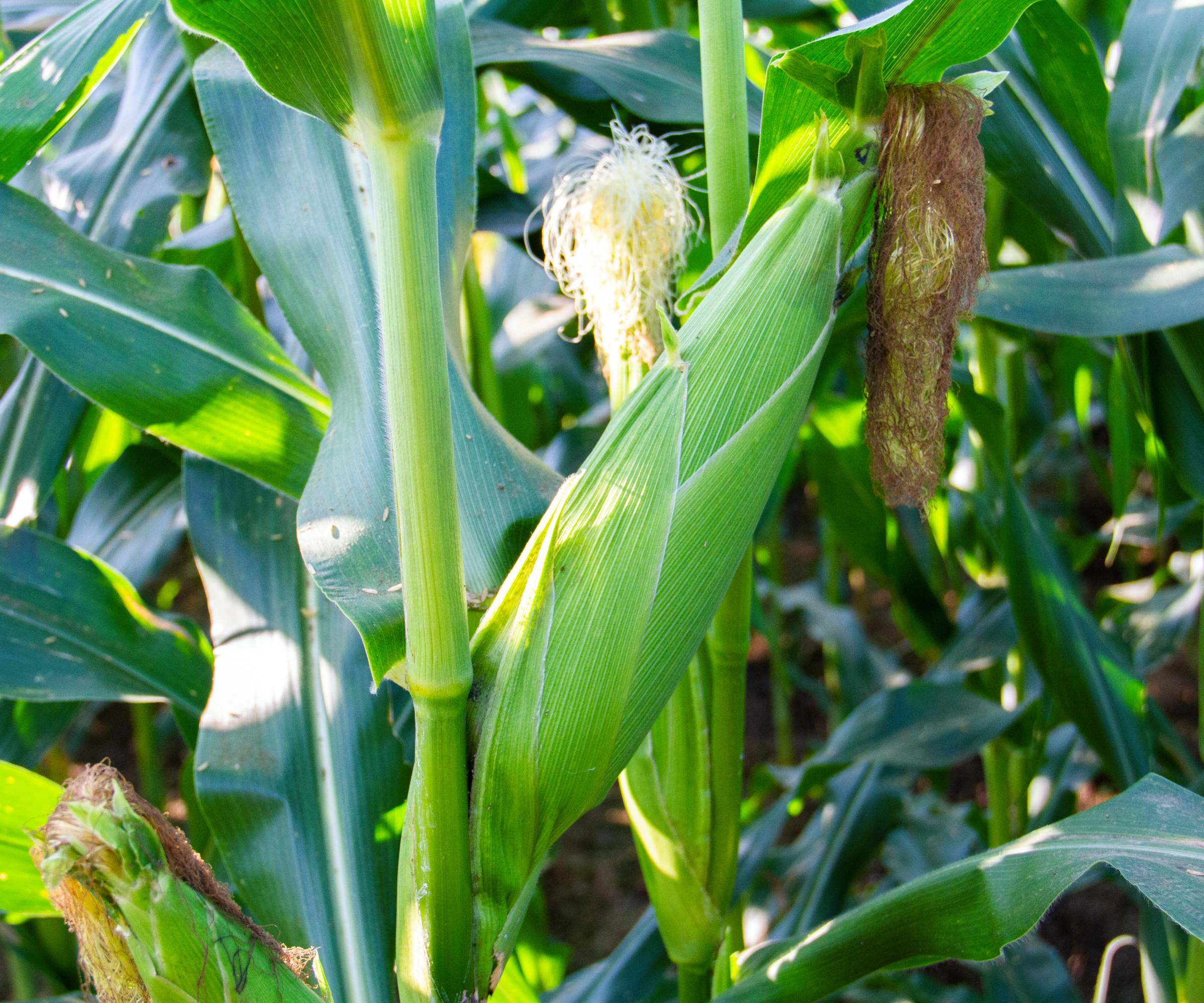
How to Harvest Corn
You may opt for a cutting tool to remove the ears from the stalk. A knife or even pruners will cut through the attaching tissues. A novice gardener wondering how to harvest corn can simply hand process the fruit. Grasp just below the ear and make a decisive downwards pull. Give a twist and the ear should pop right off the stalk. Do not clench around the ear itself as you will crush and ruin the kernels. Pick corn in the coolness of the morning or at night. Use corn as soon as possible for the best flavor. After the corn has been eaten, discarded corn husks have uses too!
How to Store Corn After Harvesting
Keep the husk on until ready to eat the ear. Store corn in the vegetable crisper until you are ready to eat it. Most corn will lose 50 % of its sugar within 12 hours of harvest, so ears taste best right off the plant no matter the variety of sweet corn. Corn can be stored in the refrigerator for 4-8 days, but some of the sweetness will be sacrificed. Corn may be canned or frozen to extend its usefulness. For either method, remove the husk and silk. Cut off the kernels and blanch them in order to can the corn. Frozen whole cobs are blanched for 2 minutes, flash chilled, wrapped, and frozen for later use. You may also cut the kernels off and freeze them.
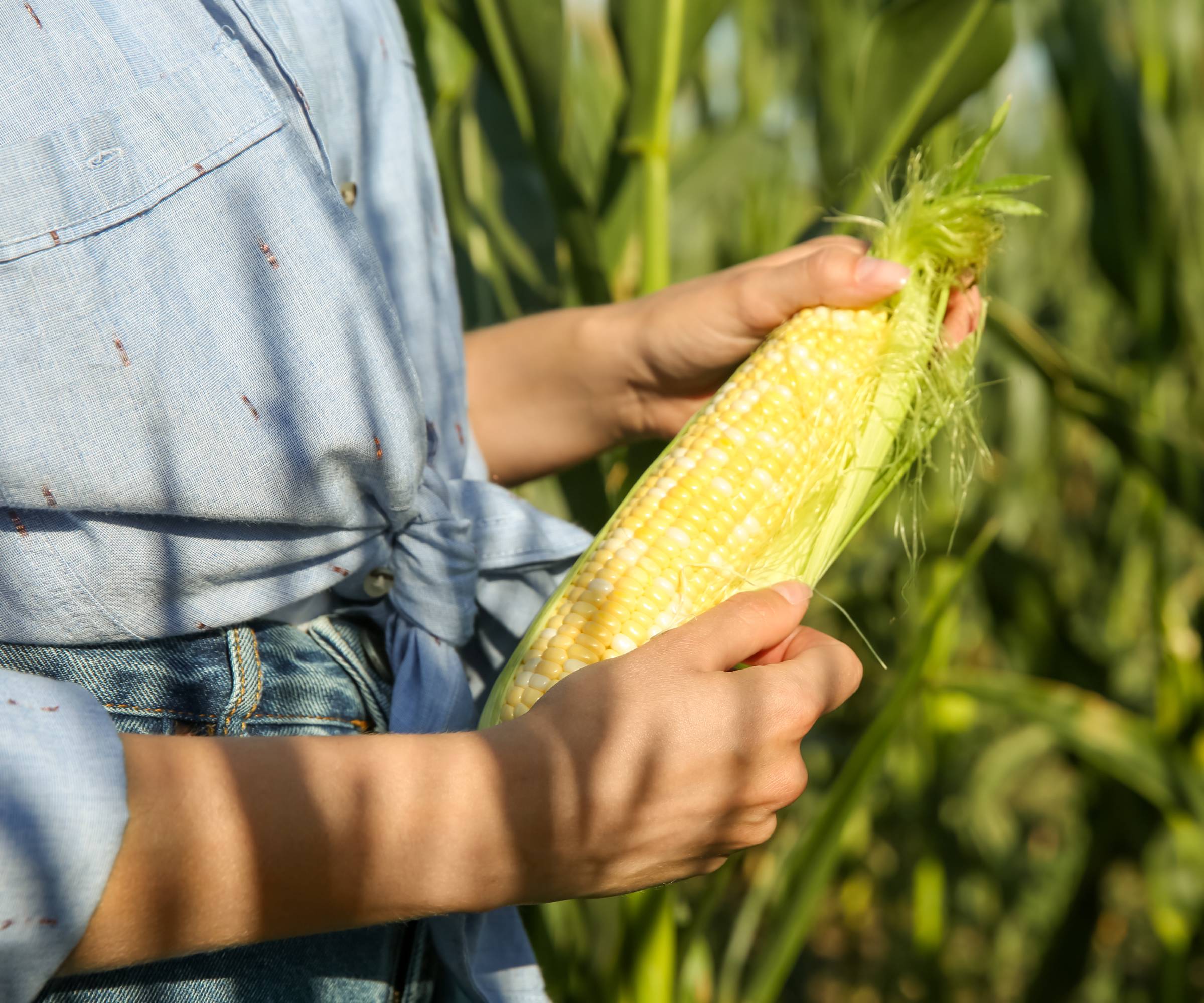
Frequently Asked Questions
What month does corn get harvested?
The variety of corn and time of planting will dictate when the corn is ready, as does the amount of sun and heat the plant gets. On average, most corn is harvested at the end of the season which is between August and October.
Can corn be picked too early?
Corn that is picked too early will lack enough sugar. The juice will be clear rather than milky and tasteless. The ear may lack entire rows of kernels or have kernels which are small, shriveled, and juiceless. Watch the plant carefully and avoid harvesting early for the juiciest and most flavorful ears.
Why do you harvest corn at night?
Early morning or at night are excellent times to harvest because of the cooler temperatures. The cooler fruits will take less time to cool in the refrigerator, preserving the taste much better. Additionally, harvesting in the cooler temperatures is a better condition for those that are doing the picking.
Love Gardening Know How? Our latest book, The Complete Guide to Vegetable Gardening, is available now!
Perfect for the gardener in your life, or for your own coffee table, this book boasts 224 pages of high-quality pictures, expert tips, and easy-to-follow advice to get your vegetable garden growing its best. Look for it at these sellers, and wherever quality books are sold.
Gardening tips, videos, info and more delivered right to your inbox!
Sign up for the Gardening Know How newsletter today and receive a free copy of our e-book "How to Grow Delicious Tomatoes".

Bonnie Grant is a professional landscaper with a Certification in Urban Gardening. She has been gardening and writing for 15 years. A former professional chef, she has a passion for edible landscaping.
-
 Looking For Plants To Give You The Soft And Fuzzies? Try These 5 Fuzzy Leaf Plant Options
Looking For Plants To Give You The Soft And Fuzzies? Try These 5 Fuzzy Leaf Plant OptionsLovers of texture, drama, silver foliage and tactile plants will adore these special sensory garden additions. These fuzzy leaf plant options will leave you all aglow
By Susan Albert
-
 Get Ready For A Summer Of Hummers! Grow These Full Sun Hummingbird Plants and Flowers
Get Ready For A Summer Of Hummers! Grow These Full Sun Hummingbird Plants and FlowersIf you’re lucky enough to enjoy a sunny backyard, make sure you are maxing out on your pollinator opportunities and grow these full sun hummingbird plants and flowers
By Tonya Barnett
-
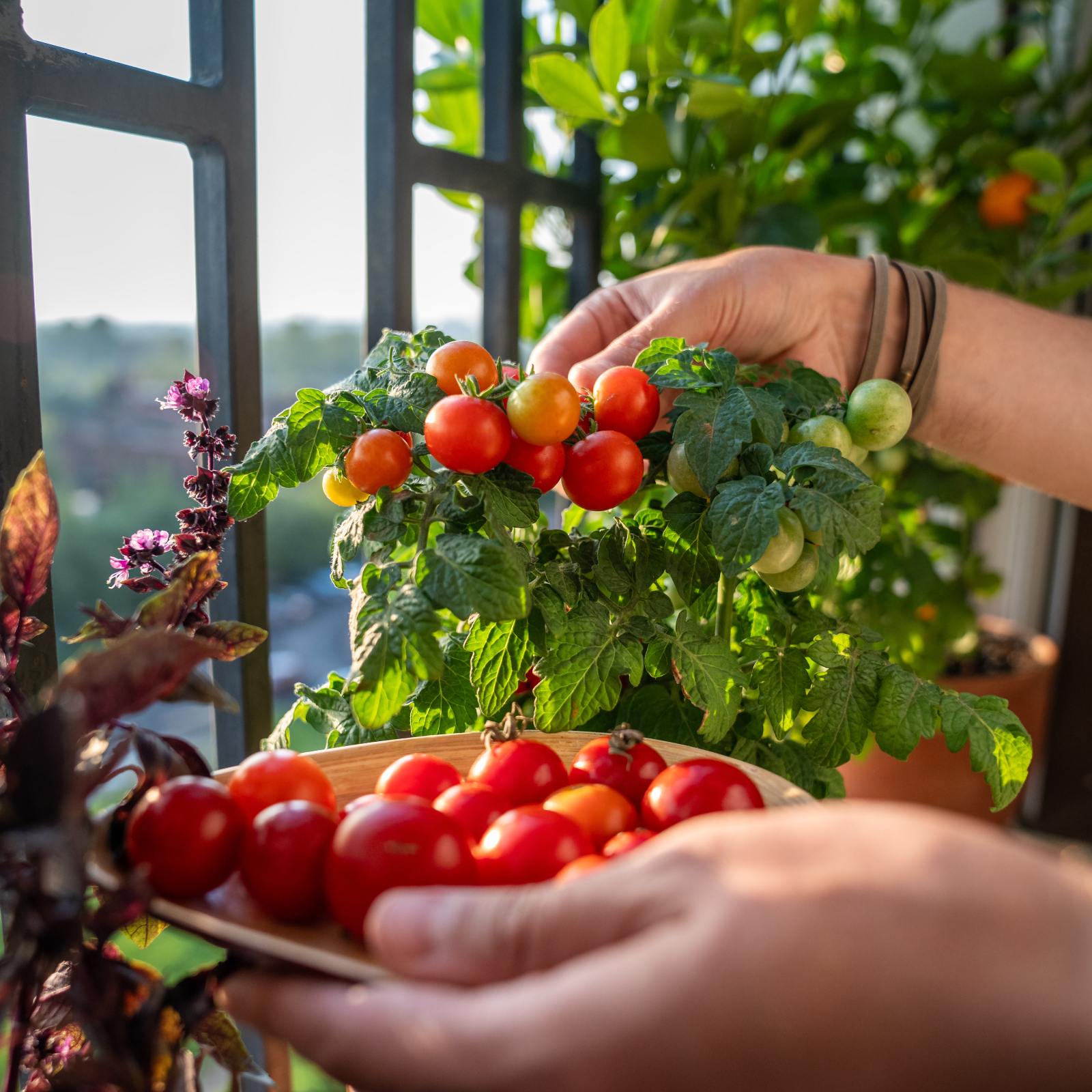 Best Tomatoes For Containers: 10 Tastiest Varieties For Plentiful Produce In Compact Areas
Best Tomatoes For Containers: 10 Tastiest Varieties For Plentiful Produce In Compact AreasThese are the best tomatoes for containers that prove you don't need to have a large space or elaborate garden to grow delicious produce.
By Bonnie L. Grant
-
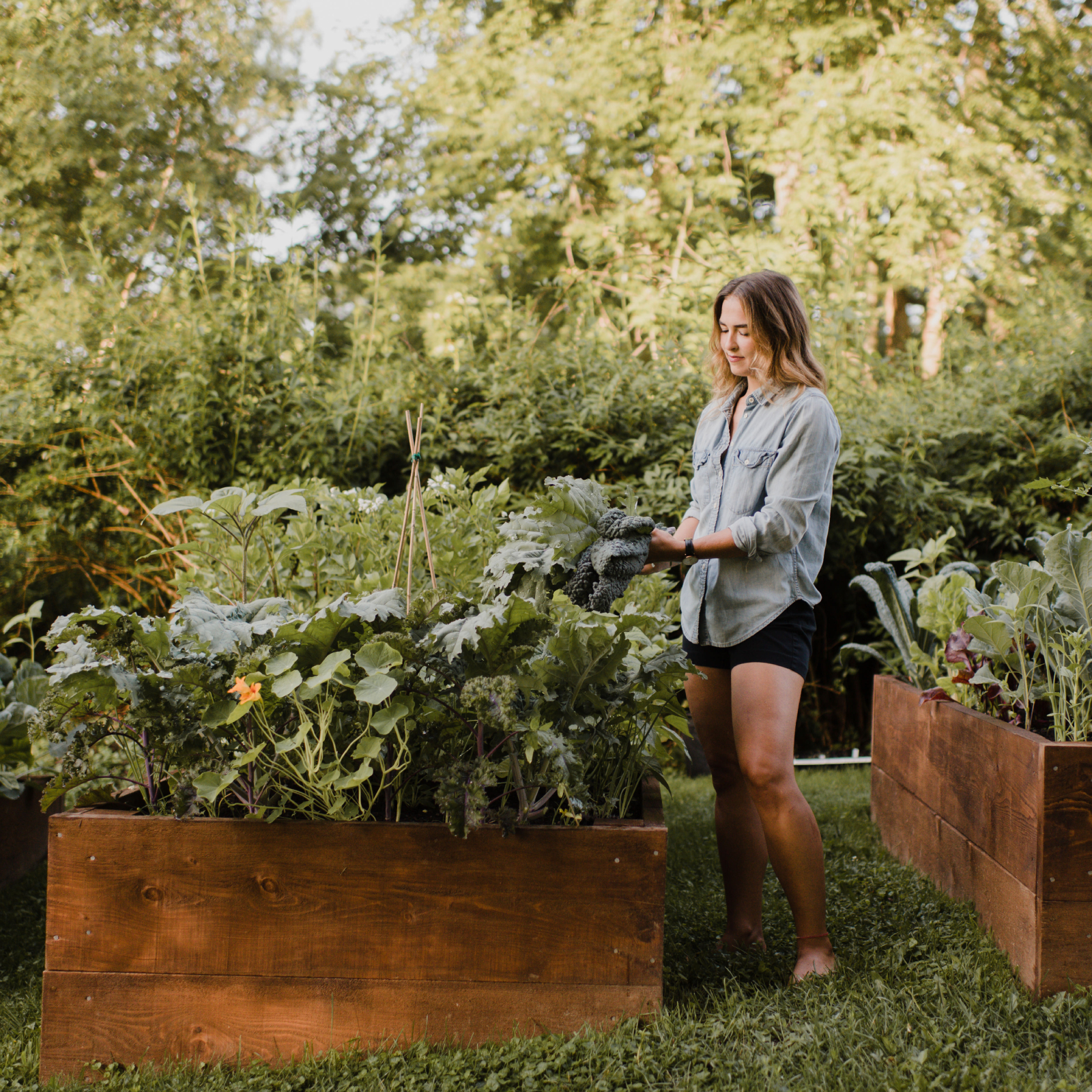 Raised Bed Garden Layout Ideas To Maximize Your Vegetable Harvest
Raised Bed Garden Layout Ideas To Maximize Your Vegetable HarvestCurious how to maximize your vegetable garden this year? Try these raised bed layout ideas and tips to get the most out of your space.
By Teo Spengler
-
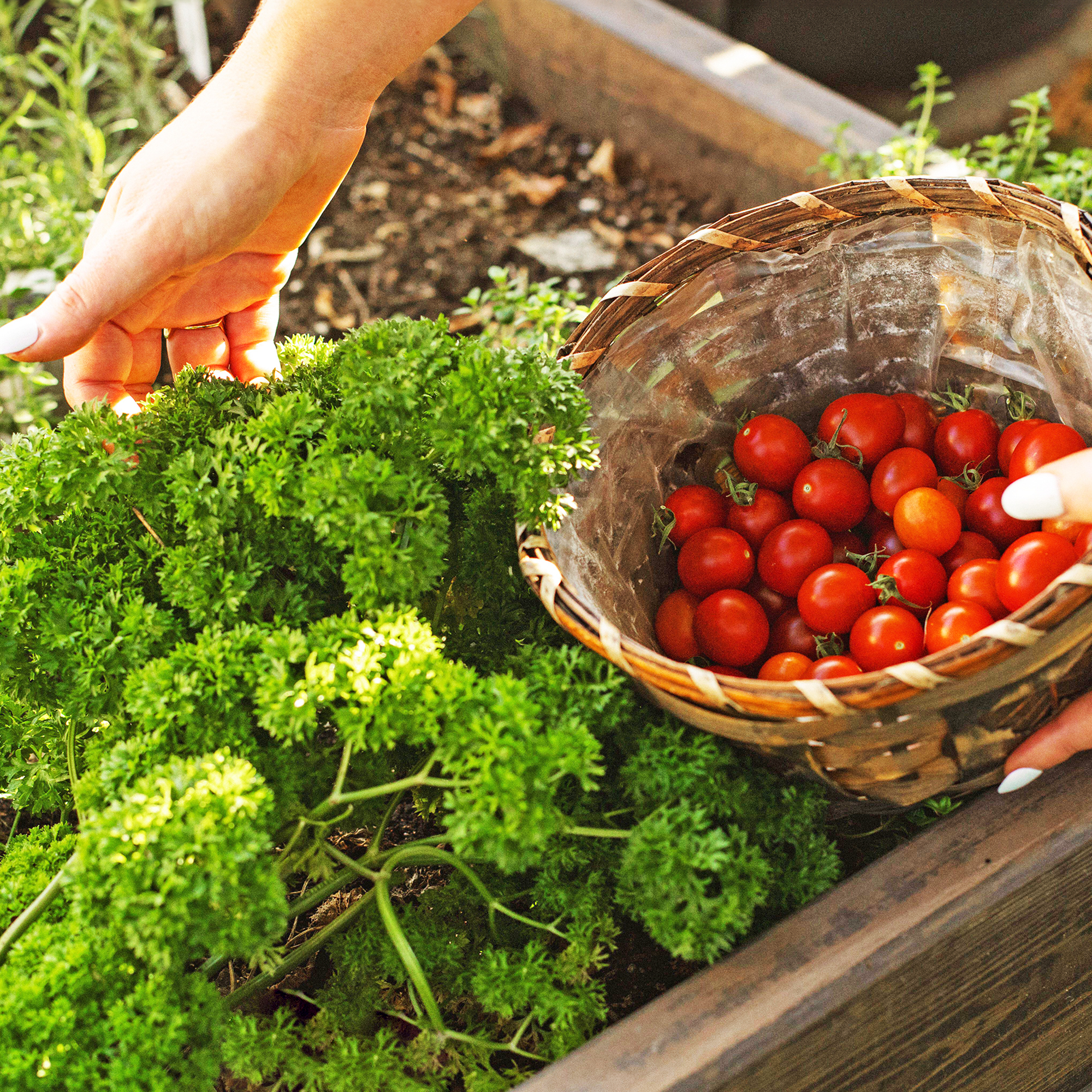 Best Herbs To Plant With Tomatoes: 6 Perfect Companions For Better Flavor & Bigger Harvests
Best Herbs To Plant With Tomatoes: 6 Perfect Companions For Better Flavor & Bigger HarvestsCertain herbs make excellent neighbors to tomatoes in the vegetable garden, repelling pests, keeping down weeds, and enhancing flavor. Try these top varieties.
By Mary Ellen Ellis
-
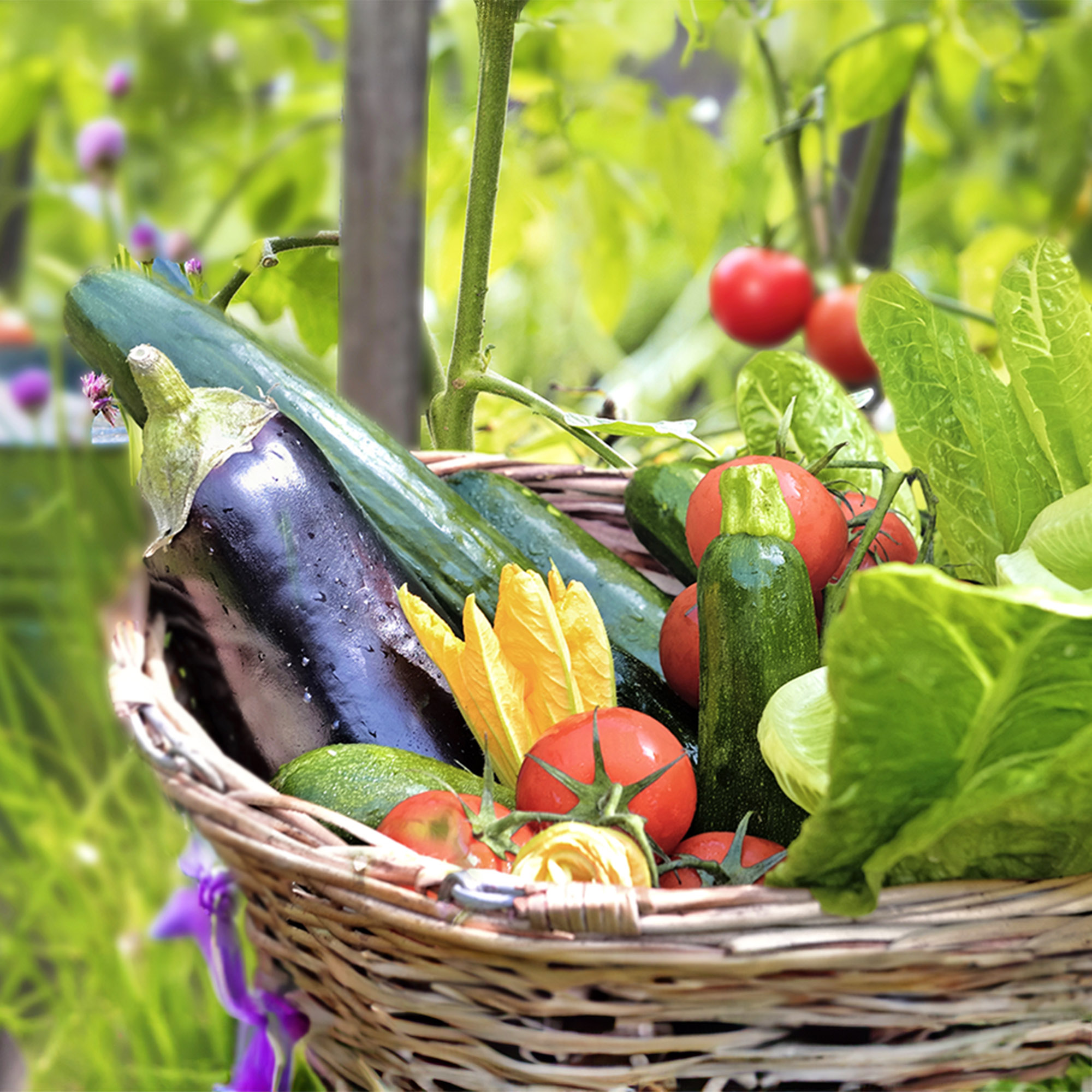 7 Best Vegetables To Plant In February – And Start Harvesting From Early Spring
7 Best Vegetables To Plant In February – And Start Harvesting From Early SpringGet a head start on your garden with these delicious veggies. Plant now and you can begin enjoying home-grown harvests sooner than you think.
By Mary Ellen Ellis
-
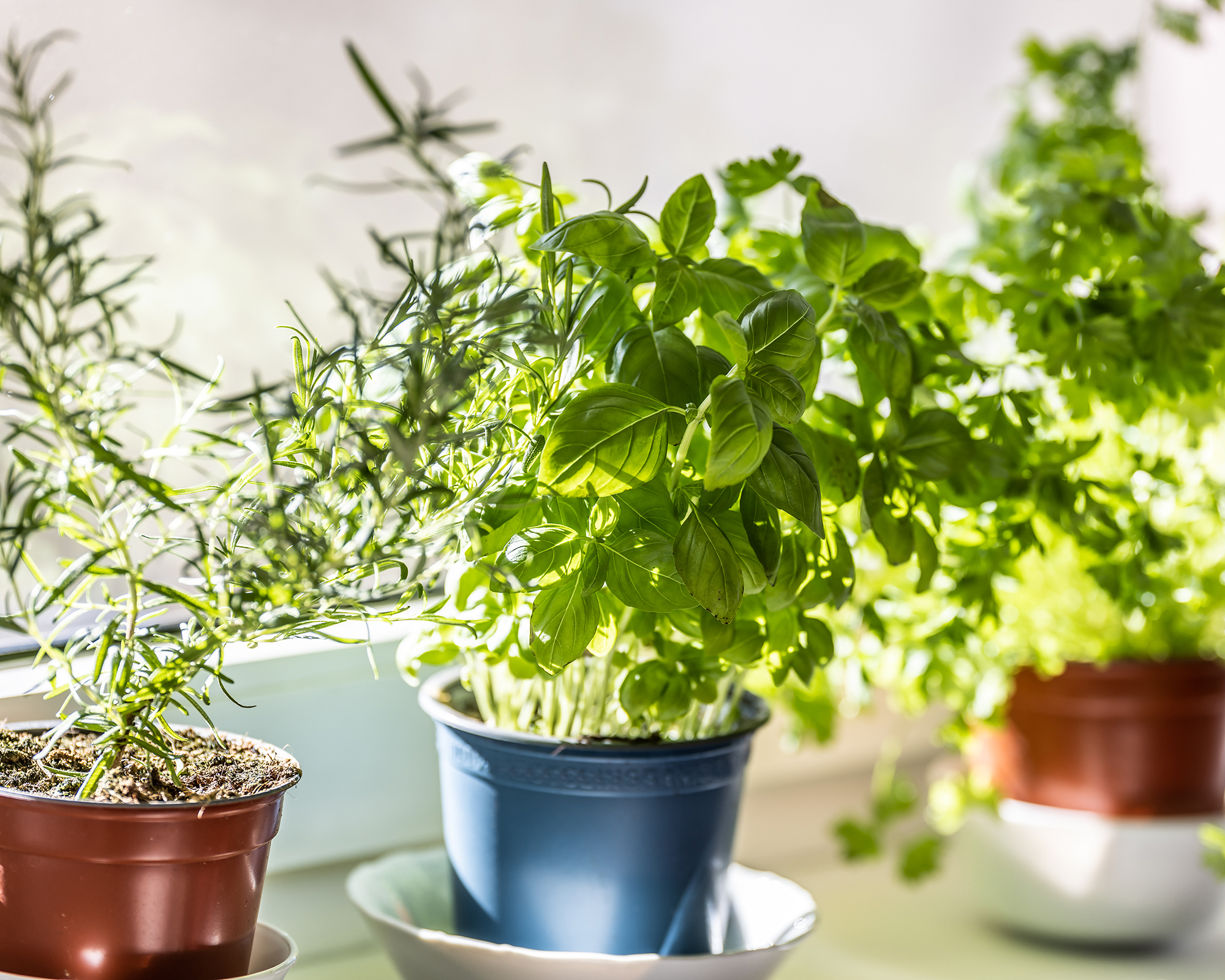 How To Grow A Windowsill Full Of Veggies This Winter, According To A Top Gardening Expert
How To Grow A Windowsill Full Of Veggies This Winter, According To A Top Gardening ExpertAward-winning journalist and climate-resilient gardening expert Kim Stoddart reveals her top plant picks and tips for a productive winter windowsill garden.
By Kim Stoddart
-
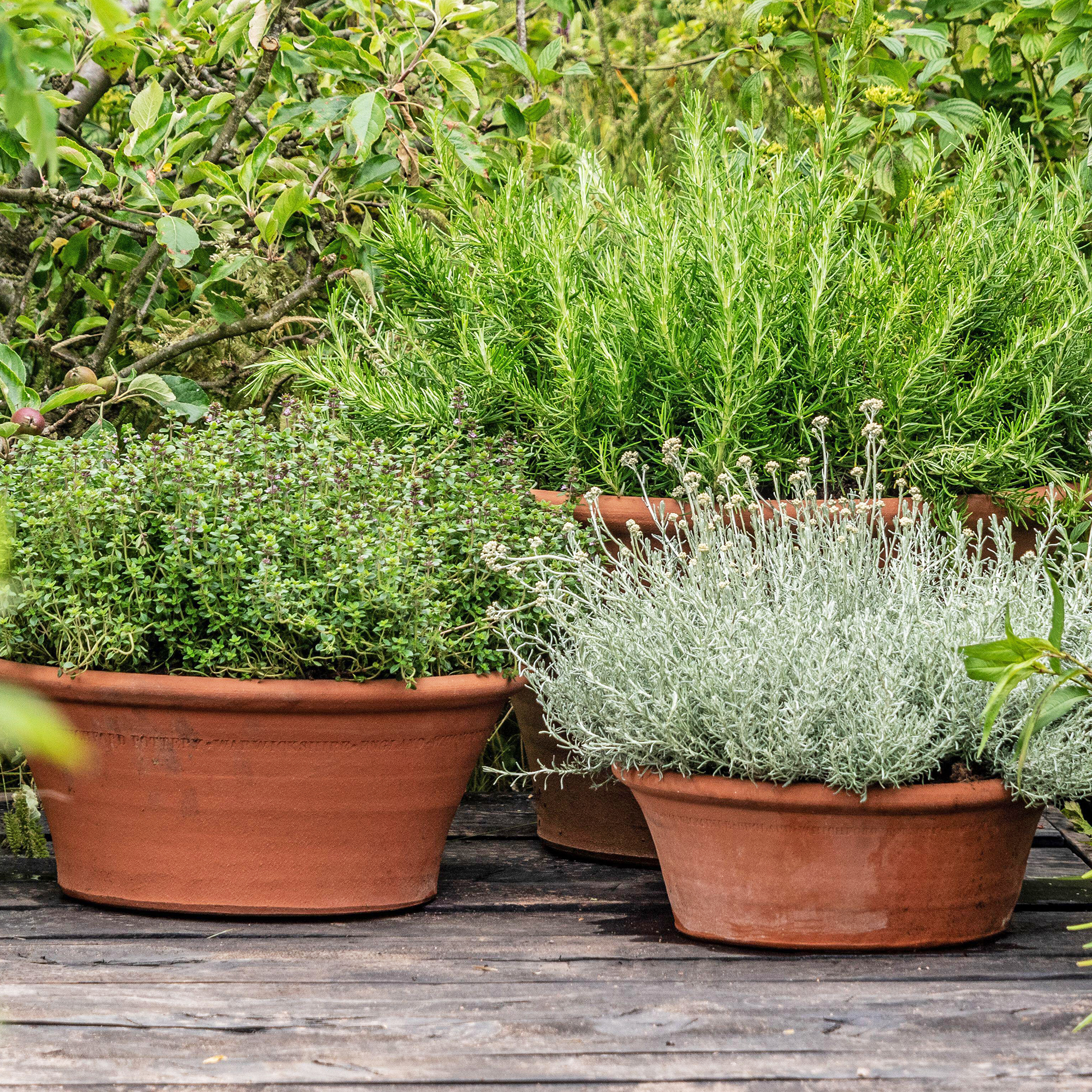 7 Perennial Herbs Perfect For Pots – Enjoy Aromatic Patio Harvests Year After Year
7 Perennial Herbs Perfect For Pots – Enjoy Aromatic Patio Harvests Year After YearDiscover the best perennial herbs to grow in pots. Ideal for small spaces, these low-maintenance plants offer year-round flavor and greenery on your patio.
By Bonnie L. Grant
-
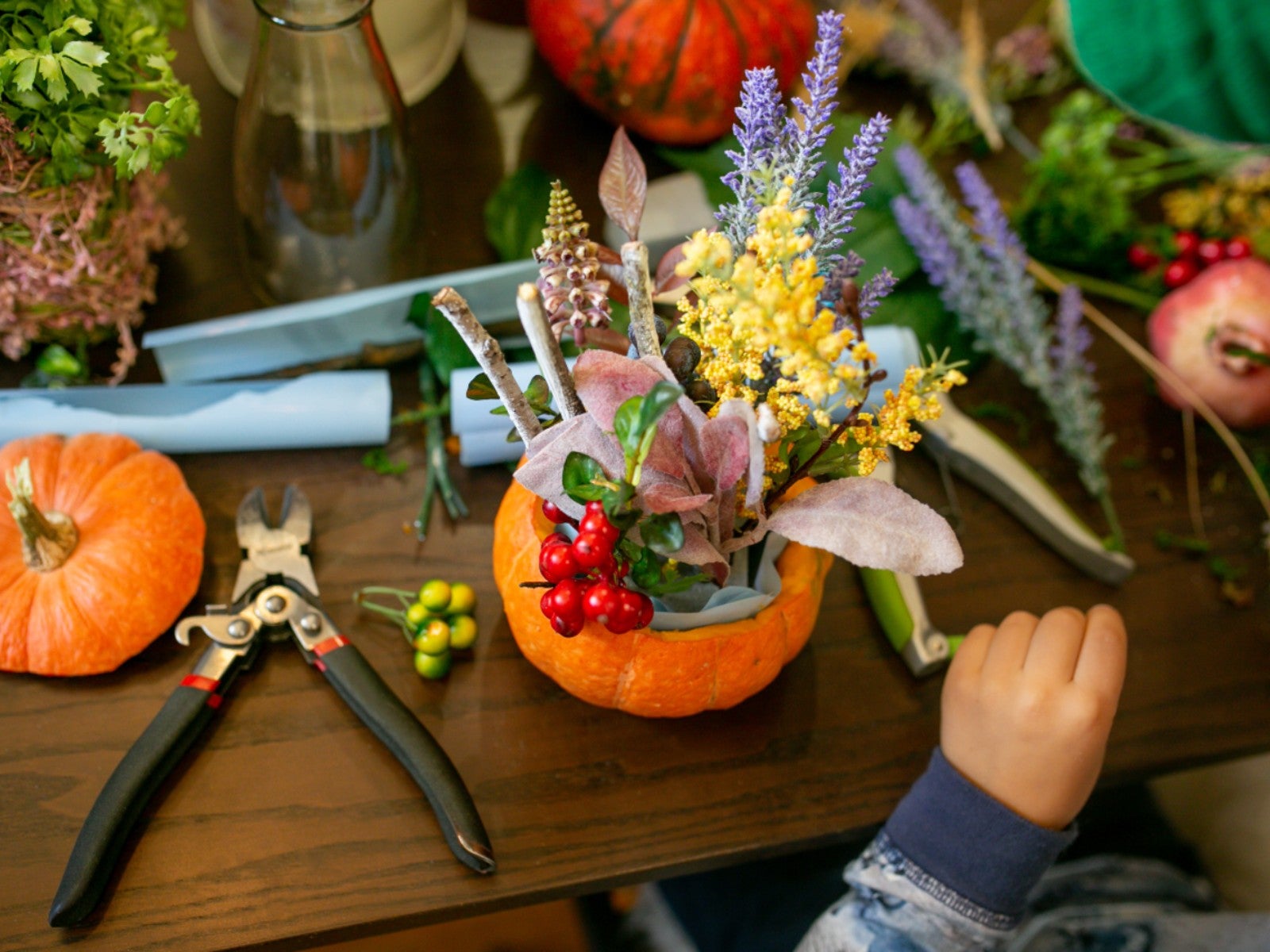 Do-It-Yourself Floral Pumpkin Centerpiece
Do-It-Yourself Floral Pumpkin CenterpieceCan you believe this pretty pumpkin centerpiece was made with just $13 worth of supplies? Plus, it was quick and easy.
By Amy Draiss
-
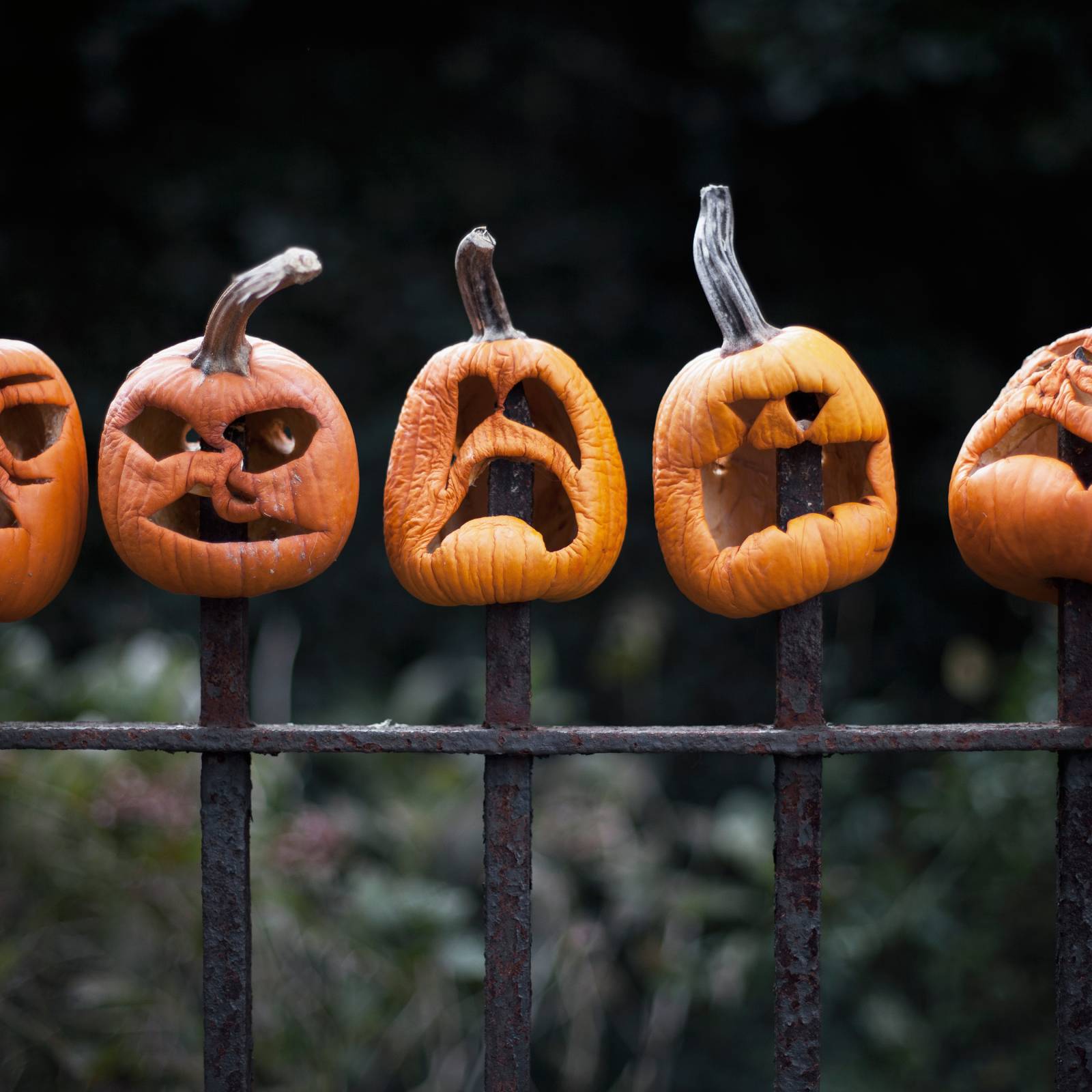 9 Fun Things To Do With Pumpkins That Are Past Their Prime
9 Fun Things To Do With Pumpkins That Are Past Their PrimeWondering what to do with your pumpkin after the Halloween fun is over? Learn what to do with your pumpkins when you are done decorating with them.
By Teo Spengler